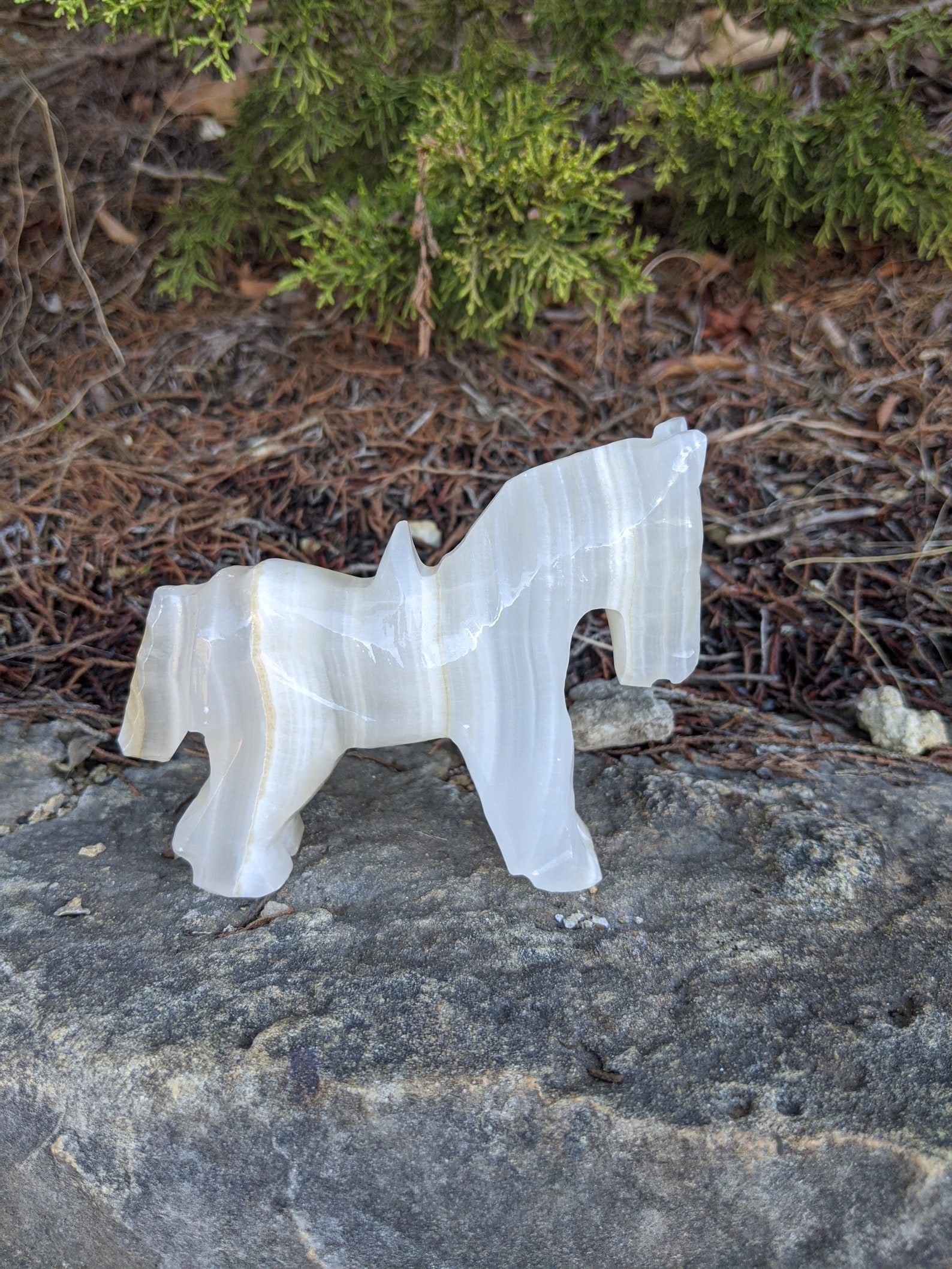
Irene might die, and that Steig states this so plainly is refreshing. You can understand that the wind sounds like it’s taunting her.

Your ankle throbs when Irene twists hers. Spoiler alert: Irene does not die, but her ordeal takes up the bulk of the story. Why not freeze to death, she thought, and let all these troubles end. “Even if she could call for help, no one would hear her. A dressmaker falls ill as she completes a gown for a duchess her daughter, Irene, volunteers to deliver it, as a snowstorm descends, and Irene has a dark night of the soul. It’s also one of his most disturbing, perhaps because the characters are humans. “ Brave Irene,” from 1986, is one of the author’s most exhilarating books.
#THE WISHING STONE DONKEY SERIES#
More in this series on the power and pleasures of children’s books. You don’t read books like “Zeke Pippin” or “ Spinky Sulks,” a hilarious tale in which a family’s youngest son holds a grudge for an impressively long time you perform them.

“As the red sun rose, the independent Zeke Pippin was drifting down the Hinkaholly River, face-to-face with the wide-open sky.” Steig’s sentences have an unforced, often joyful rhythm. (He died in 2003, at the age of ninety-five.) In “ Zeke Pippin,” a pig takes to a river raft, just like Huck Finn. Given how good his pictures are, Steig’s flair for diction seems unfair-he was a brilliant writer. His books for children are better at fulfilling our expectations of the form-they entertain-and yet they are as complex and odd as his cartoons. You laugh because you aren’t sure how else to respond. His cartoons for adult readers aren’t funny, exactly: his frantic lines, deadpan observations, and odd juxtapositions amuse, disarm, and confuse. Roger Angell wrote a Profile of Steig for the magazine, in 1995, which recounts that it was at the urging of his fellow-cartoonist Robert Kraus that Steig turned to children’s books-to make money, Steig claimed.

Steig was, of course, known for his comics and covers for The New Yorker. Despite the jaunty animal protagonists and inexplicable magic, Steig seems to me to be one of the more realist of writers for children. Beauty and dread coexist there is whimsy, even silliness, but also palpable anxiety, peril, and despair in Steig’s world-or maybe this is just the real world. His books are silly and sweet, as books for children should be, but they are also unsettling, strange, and sometimes scary. Doing one or the other is hard enough, and only a select handful of geniuses can manage both. Writers for young children have a nearly impossible task: to amuse both the kid being read to and the adult doing the reading.


 0 kommentar(er)
0 kommentar(er)
